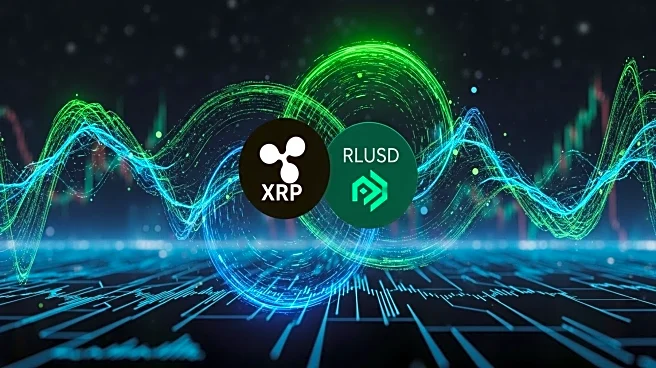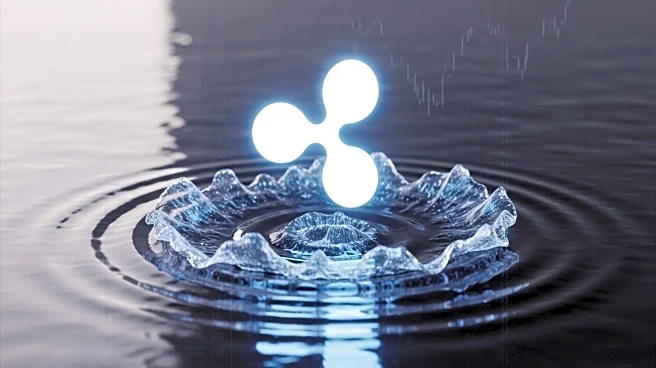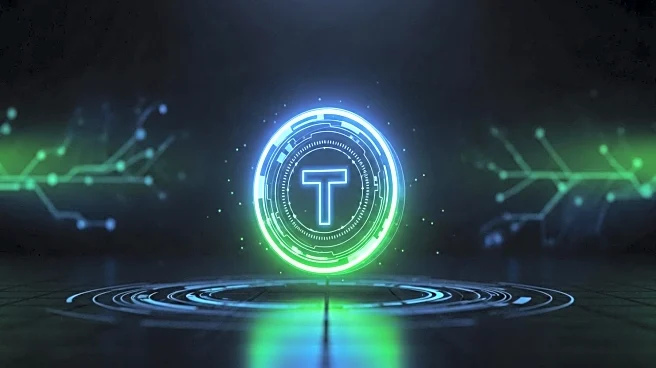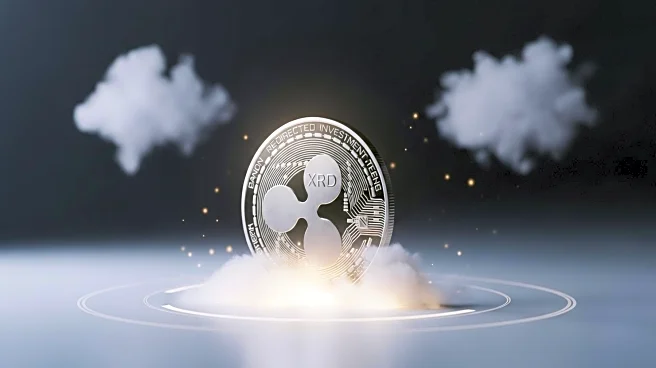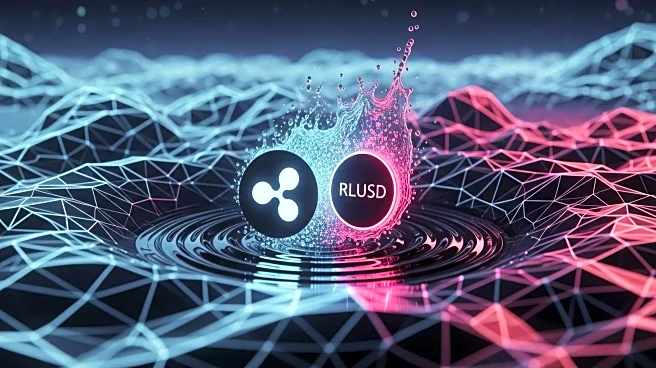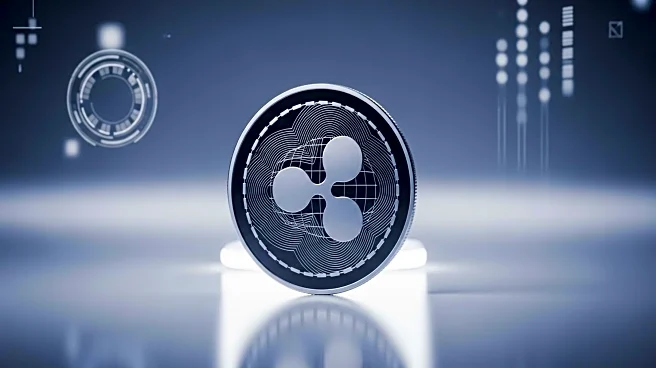What is the story about?
What's Happening?
Ripple CTO David Schwartz has provided insights into the role of XRP and RLUSD stablecoin in Automated Market Maker (AMM) liquidity pools. These pools, which consist of equal parts RLUSD and XRP, issue tokens representing claims against the pool's assets. The value of these tokens increases with changes in XRP's price, aiming to maximize the pool constant. The XRP ecosystem is currently experiencing a contraction in AMM liquidity, with a notable decrease to 11,729,984 XRP, a level not seen since November 2024. Despite this, stablecoin activity on the XRP Ledger has grown, with the market cap increasing by 2.20% week-over-week to $168.08 million. This shift reflects a strategic reallocation of capital within the ecosystem, as liquidity providers and institutions pivot towards lower-volatility assets and institutional-grade infrastructure.
Why It's Important?
The developments within the XRP ecosystem highlight the growing importance of stablecoins and real-world asset (RWA) tokenization. Ripple's RLUSD stablecoin, integrated into Aave's Horizon RWA market, has generated significant DeFi volume, enabling institutional borrowing and lending. This aligns with broader trends in RWA tokenization, where the XRP Ledger has facilitated substantial transactions in real estate and agribusiness receivables. The SEC's reclassification of XRP as a commodity has further spurred institutional adoption, with major banks leveraging XRP to reduce settlement times. These factors underscore XRP's strategic value in cross-border payments and decentralized finance, presenting opportunities for risk-adjusted returns.
What's Next?
As the XRP ecosystem continues to adapt to market dynamics, protocols like Aave and Multipli are expected to further integrate XRP into institutional-grade infrastructure. This could enhance XRP's strategic value in cross-border payments and decentralized finance, potentially outpacing short-term volatility. Investors may find compelling opportunities for risk-adjusted returns as regulatory clarity and yield innovation converge to redefine the XRP ecosystem.
Beyond the Headlines
The contraction in AMM liquidity is not seen as a systemic failure but rather a recalibration. The XRP Ledger's deflationary burn mechanism continues to reduce supply, reinforcing scarcity and network efficiency. Additionally, the 2 XRP fee for liquidity pool creation accelerates supply reduction, potentially stabilizing the asset's value proposition over time.
AI Generated Content
Do you find this article useful?
